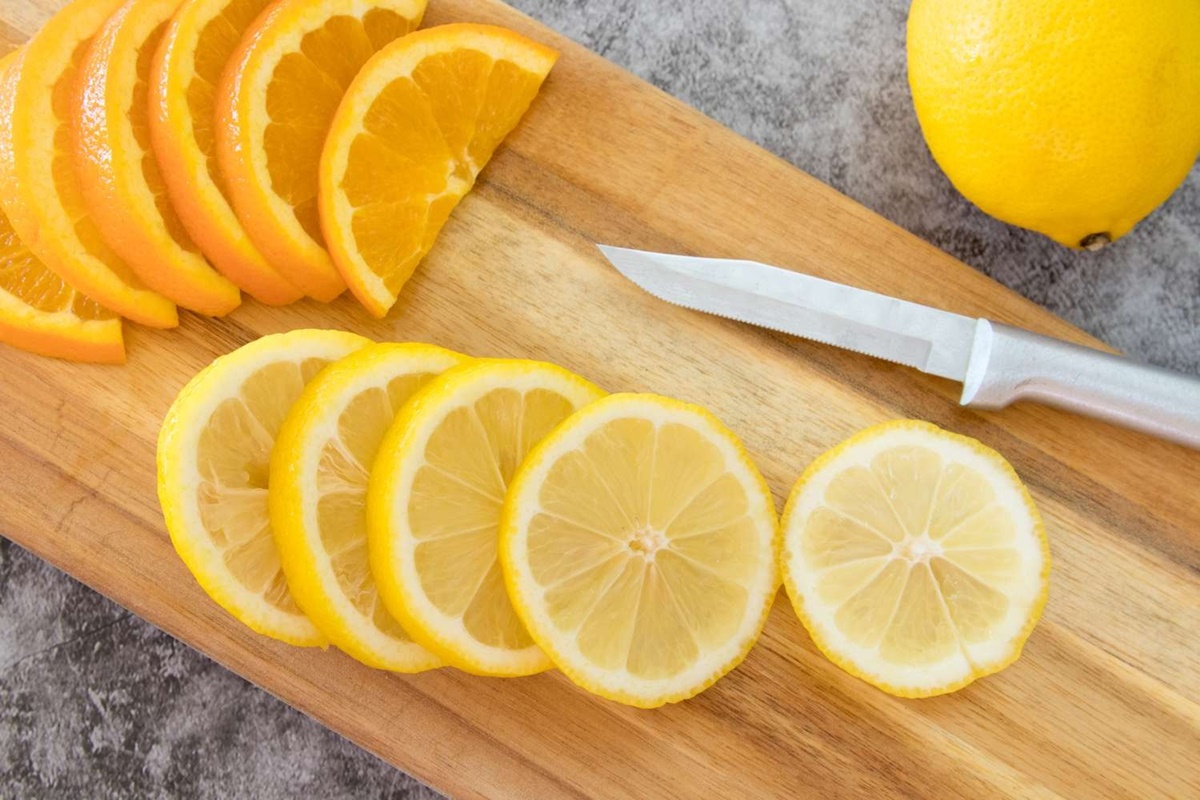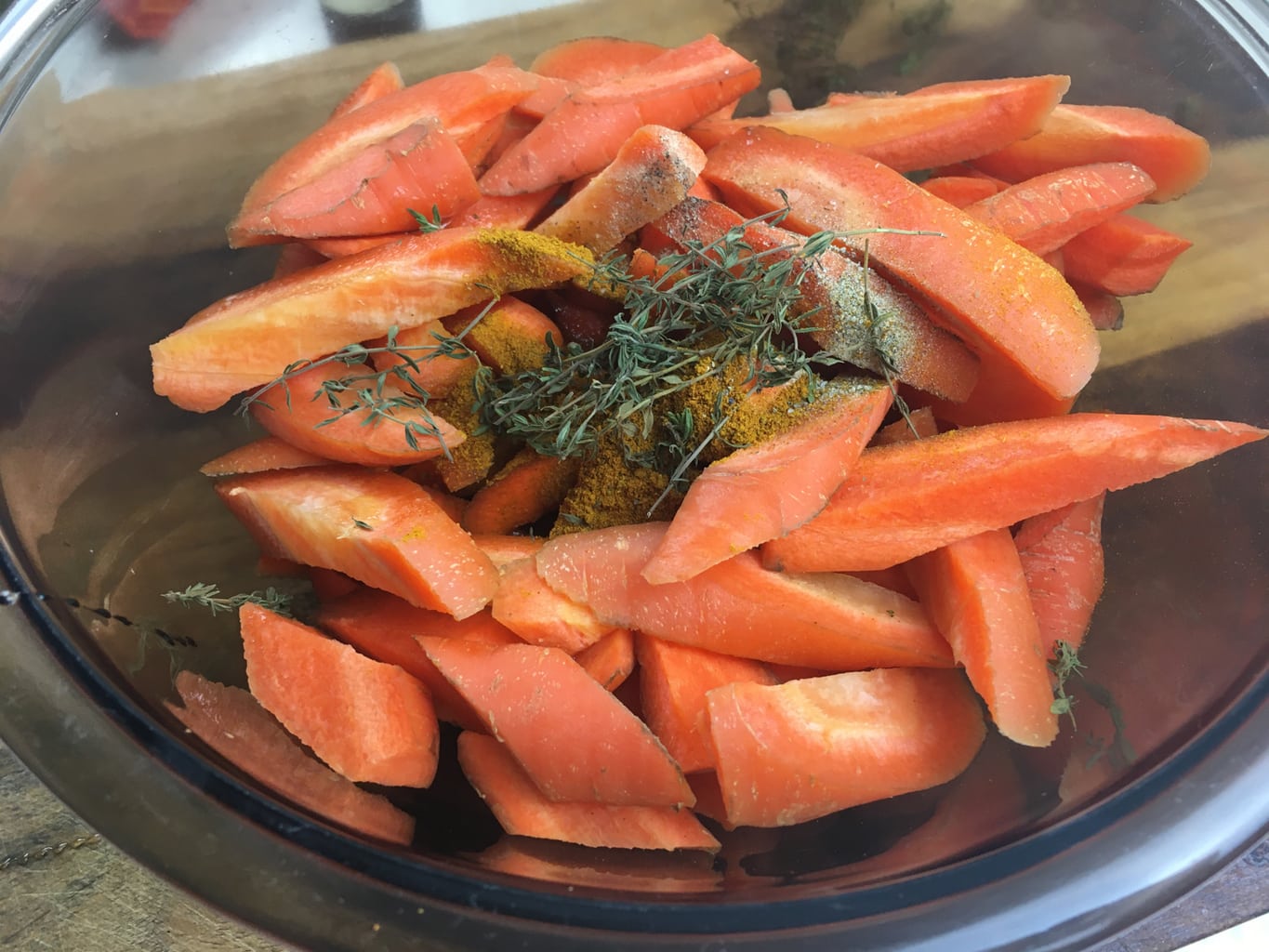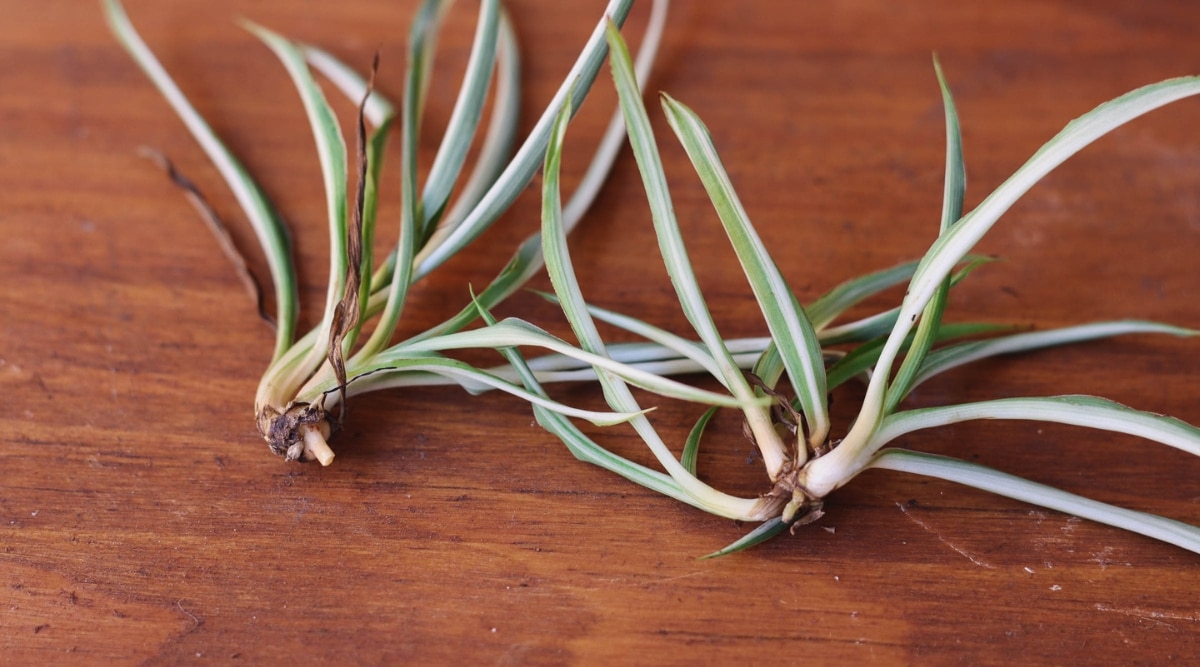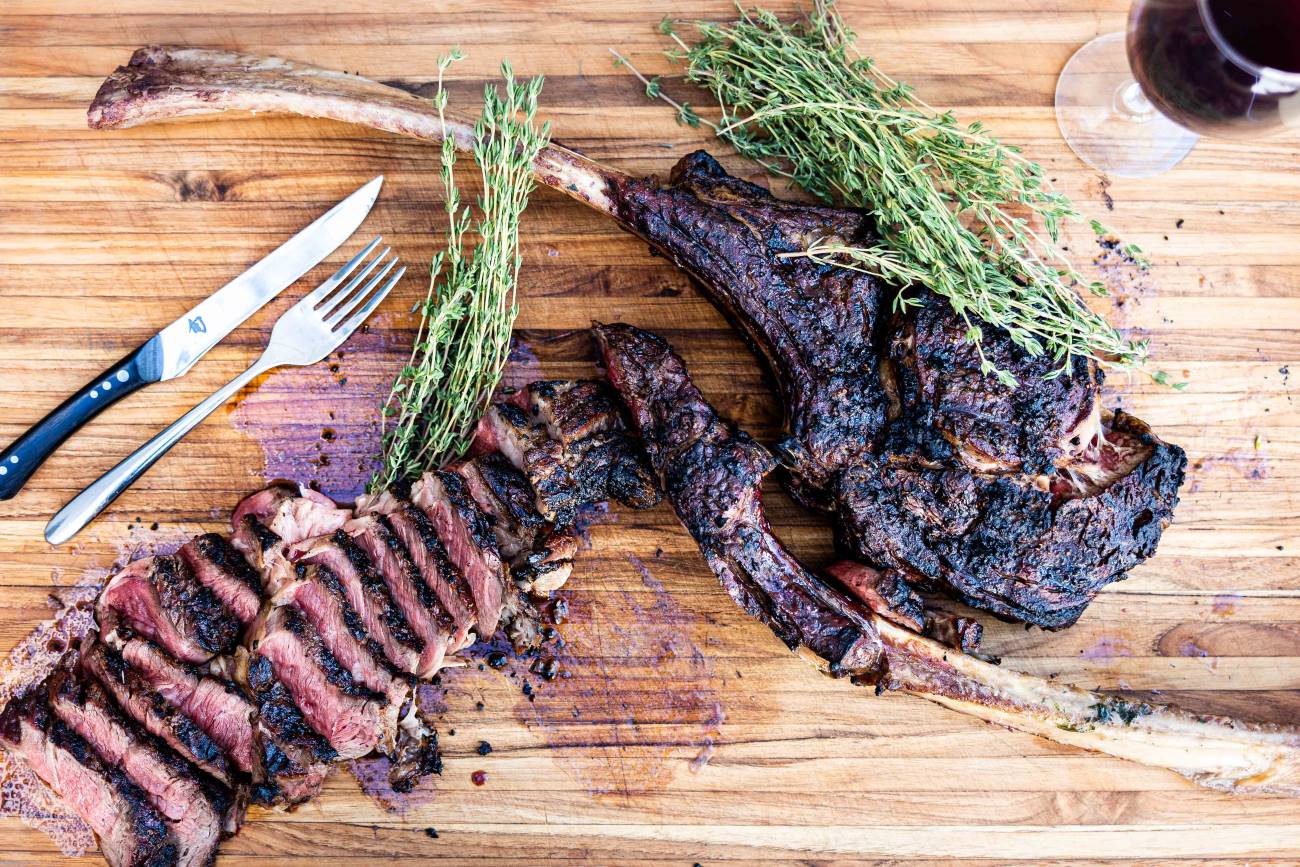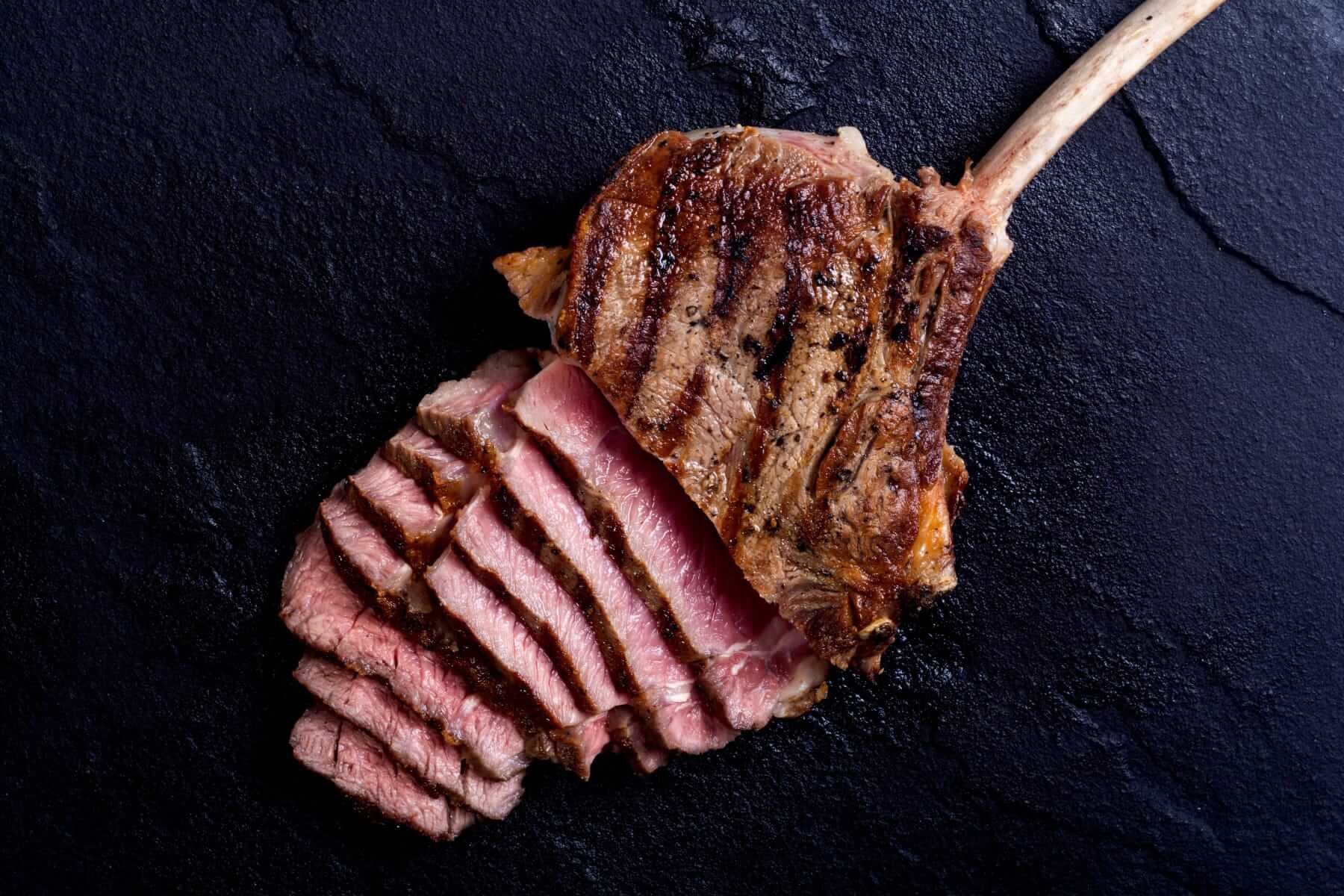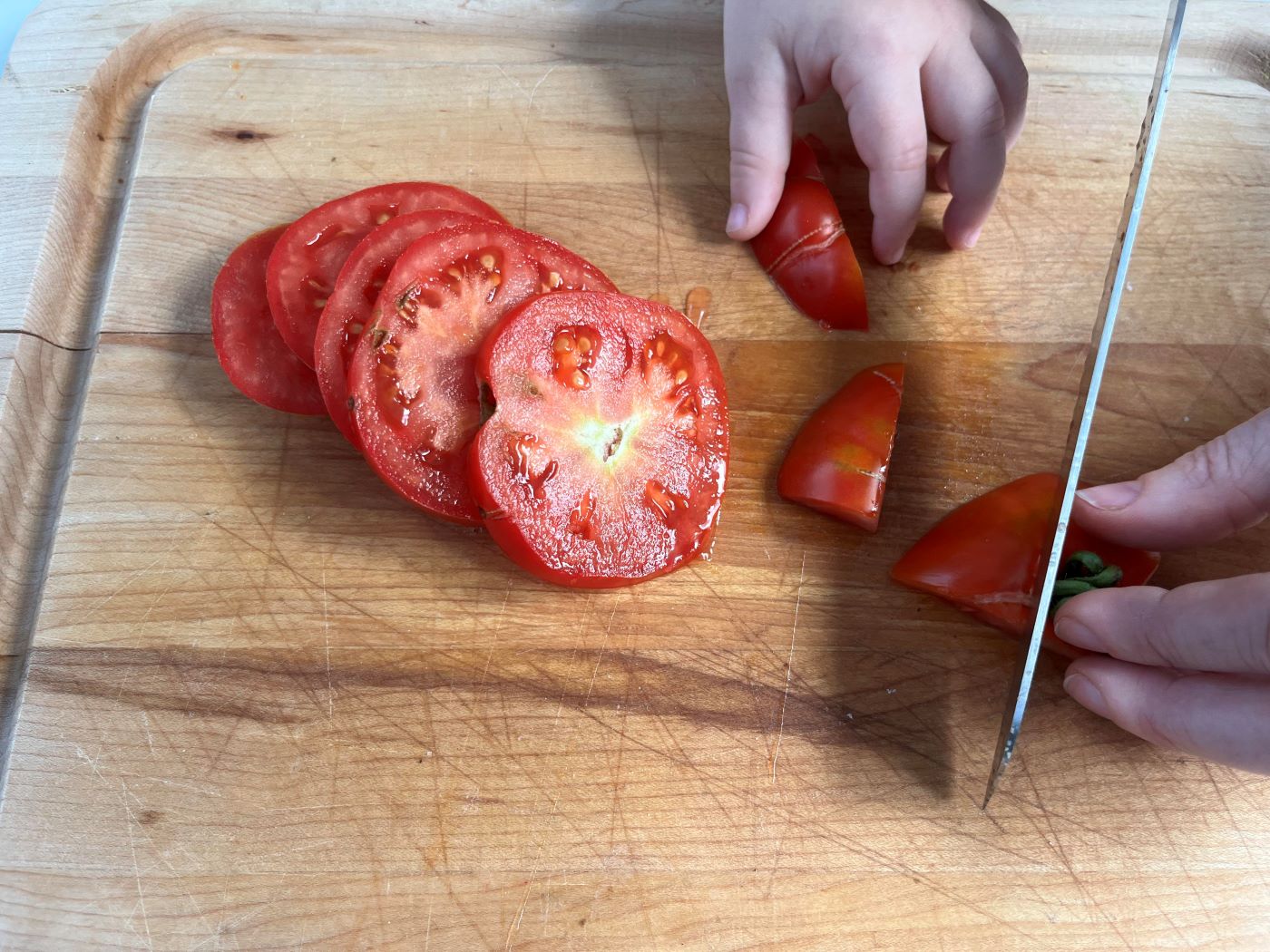How To Cut Salad Like a Pro
Salads are a delicious and healthy addition to any meal, but have you ever wondered how to cut your salad ingredients in the most efficient and aesthetically pleasing way? Look no further! In this guide, we will share some expert tips and techniques to help you cut your salad like a pro.
1. Choose the Right Knife
When it comes to cutting salad, having the right knife can make all the difference. Opt for a sharp chef’s knife or a santoku knife, which will allow you to cut through a variety of vegetables with ease. A sharp knife ensures clean and precise cuts, resulting in a visually appealing salad.
2. Wash and Dry Your Ingredients
Before you start cutting, it’s essential to wash your salad ingredients thoroughly. Rinse your vegetables under cold water to remove any dirt or impurities. After washing, make sure to dry the vegetables completely. Excess moisture on the vegetables can make them slippery and difficult to cut.
3. Slice, Dice, and Chop
Now it’s time to get your cutting skills into action! Here are some common techniques for cutting salad ingredients:
- Slicing: For larger vegetables like cucumbers or tomatoes, use a slicing motion to create even, uniform slices.
- Dicing: For ingredients like onions or bell peppers, start by cutting them into slices and then chop them into small, consistent cubes.
- Chopping: Herbs like parsley or cilantro can be finely chopped to add a burst of flavor and freshness to your salad.
4. Keep it Colorful
A visually appealing salad not only tastes great but also looks inviting. Experiment with different colors and textures by incorporating a variety of vegetables. Consider adding vibrant ingredients like red peppers, yellow corn, or purple cabbage to make your salad visually appealing and exciting.
5. Adjust the Size
When cutting salad ingredients, it’s important to consider the size of the bites. While some ingredients like lettuce can be torn into bite-sized pieces, others might require a more precise cut. Make sure to adapt the size of your cuts based on the texture and taste you want to achieve.
6. Toss it Together
Once you’ve finished cutting your salad ingredients, it’s time to bring everything together. Gently toss the ingredients in a large bowl to ensure even distribution of flavors. Add your favorite dressings or seasonings and give it another toss for that perfect blend.
Conclusion
Cutting salad like a pro is an art that can elevate the presentation and enjoyment of your meal. By following these expert tips for choosing the right knife, preparing and cutting your ingredients, and adding a splash of color, you’ll be able to create a visually stunning and delicious salad every time. So, grab your knife and start cutting your way to salad perfection!
More Delicious Salad Recipes to Try
After mastering the art of salad cutting, it's time to apply your skills across a variety of tantalizing recipes. Each dish offers a unique twist and a chance to practice your technique. For a classic touch, the Classic Caesar Salad Recipe brings traditional flavors that are a staple in any chef's repertoire. If you're leaning towards something with bold, global flavors, the Mediterranean Greek Salad Recipe and Thai Cucumber Salad Recipe are excellent choices. These recipes not only enhance your slicing skills but also introduce a diverse range of ingredients and dressings, perfect for expanding your culinary palette. Highly recommended is the Crunchy Asian Slaw Recipe, which will allow you to explore different textures and flavors that make every bite exciting.
1. Julienne: This is a thin, matchstick-like cut that works well for vegetables like carrots or bell peppers.
2. Dice: This is a small, uniform cut usually done on ingredients like tomatoes or cucumbers.
3. Chiffonade: This is a technique used for leafy greens like lettuce or spinach, where the leaves are rolled tightly and sliced into thin strips.
4. Brunoise: This is a fine dice cut typically used for small ingredients like onions or garlic.
5. Shred: This cut involves finely shredding ingredients like cabbage or carrots using a grater or mandoline.
1. Chef’s knife: A sharp, sturdy chef’s knife is essential for most salad cutting tasks.
2. Cutting board: A stable cutting surface is necessary for safety and ease of cutting.
3. Mandoline slicer: This tool can be helpful for creating uniform slices or julienne cuts.
4. Salad spinner: While not directly related to cutting, a salad spinner is useful for washing and drying salad greens before cutting.
1. Fill a large bowl with water.
2. Submerge the greens in the water and swish them around gently.
3. Lift the greens out of the water and place them in a colander.
4. Rinse the greens thoroughly under running water to remove any remaining dirt.
5. Spin the greens in a salad spinner to remove excess water before cutting.
1. Cut ingredients as close to serving time as possible to maintain freshness.
2. Store pre-cut ingredients in airtight containers or resealable bags in the refrigerator.
3. Consider separating ingredients that release moisture, like tomatoes, to avoid soggy greens.
4. Avoid cutting delicate leafy greens until just before serving, as they are prone to wilting.
1. Ensure your cutting surface is stable and secure to prevent accidents.
2. Use a sharp knife to reduce the risk of slips and injuries.
3. Hold ingredients securely and keep your fingers curled under to protect them from the knife.
4. Pay attention to your surroundings and avoid distractions while cutting.
1. Aim for uniformity: Try to cut ingredients into similar sizes and shapes for a cohesive look.
2. Use contrasting colors: Add vibrant ingredients with different colors to make your salad visually appealing.
3. Incorporate different cuts: Mix up the cuts you use to add texture and visual interest to your salad.
4. Arrange ingredients thoughtfully: Place the cut ingredients strategically on the plate or in the bowl to create an appealing composition.
1. Prepare ingredients in advance: Wash, dry, and chop ingredients ahead of time to save time during meal prep.
2. Use a well-sharpened knife: A sharp knife will make cutting easier and faster.
3. Group similar ingredients together: This will allow you to cut them all at once, reducing the overall prep time.
4. Practice proper knife techniques: Learning proper knife skills, such as the claw grip, will help you cut faster and more safely.
5. Invest in time-saving tools: Tools like a mandoline slicer can speed up the process of cutting vegetables uniformly.
More Delicious Salad Recipes to Try
After mastering the art of salad cutting, it's time to apply your skills across a variety of tantalizing recipes. Each dish offers a unique twist and a chance to practice your technique. For a classic touch, the Classic Caesar Salad Recipe brings traditional flavors that are a staple in any chef's repertoire. If you're leaning towards something with bold, global flavors, the Mediterranean Greek Salad Recipe and Thai Cucumber Salad Recipe are excellent choices. These recipes not only enhance your slicing skills but also introduce a diverse range of ingredients and dressings, perfect for expanding your culinary palette. Highly recommended is the Crunchy Asian Slaw Recipe, which will allow you to explore different textures and flavors that make every bite exciting.
Was this page helpful?
Read Next: How To Cut Onions For Philly Cheesesteak
